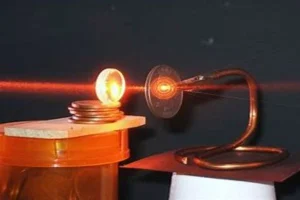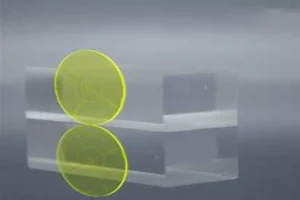Introduction
In the fascinating world of photonics and optics, optical crystals have emerged as pivotal components, demonstrating unparalleled potential in numerous applications. Their role is instrumental in advancing many scientific research areas and technological innovations. This article delves into the types of optical crystals and their myriad applications across several industries.
Unveiling the Mystery of Optical Crystals
What are Optical Crystals?
Optical crystals are specialized materials engineered to modify the behavior of light. This modification can occur through various mechanisms, such as reflection, refraction, and diffraction. These materials, shaped into precise geometric structures, display a degree of transparency across certain wavelengths. This transparency permits the propagation of light in a very controlled manner.
Optical crystals are typically solid, rigid materials that can be naturally occurring or artificially synthesized. Some common examples include quartz, calcite, and certain types of glass. In these crystals, the atomic and molecular structure is arranged in an orderly, repeating pattern extending in all three spatial dimensions, thus creating a crystal lattice.
This crystalline arrangement has significant implications for the behavior of light when it interacts with the material. For example, it can cause light to bend as it passes through, to split into multiple paths, or to be absorbed and re-emitted at different frequencies. The details of these behaviors are primarily determined by the crystal’s specific atomic structure and composition.
The distinct properties of optical crystals have made them a topic of intense study in physics and materials science. As our understanding of these materials and their interactions with light has grown, so too have the applications for which they can be used. Today, optical crystals can be found in everything from simple lenses and prisms to advanced laser systems and fiber optic networks.
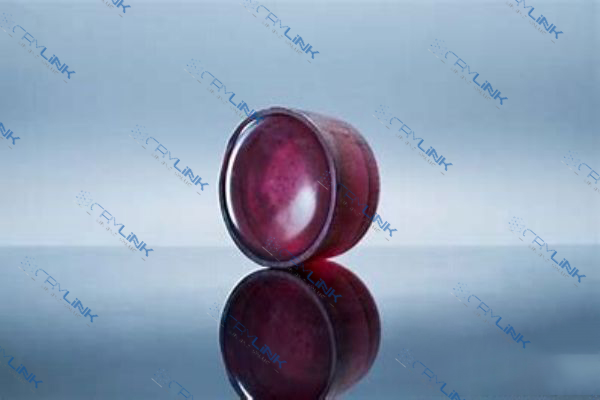
Crystalline Structure and Optical Properties
The crystalline structure and optical properties of optical crystals form a delicate and intricately related pair. A crystal’s structure is the key determinant of its optical characteristics. Optical crystals exhibit unique crystalline formations that lead to their noteworthy optical characteristics.
The crystalline structure is defined by the orderly arrangement of atoms or molecules within the crystal. This arrangement plays a fundamental role in defining the way light interacts with the crystal. For example, the orientation and spacing of atoms can affect the crystal’s refractive index – a measure of how much light is bent when it enters the crystal. This is essential for applications like lenses, where control over the light’s path is critical.
Moreover, a crystal’s structure can induce anisotropic properties, where the material’s properties differ based on the direction of measurement. This is especially significant for optical properties like the refractive index and absorption coefficient. Anisotropy in these properties means the crystal will interact with light differently depending on the light’s direction of travel.
The absorption coefficient, another critical optical property, can also be influenced by the crystal’s structure. Different crystal structures can absorb specific light wavelengths while letting others pass through unaffected. This selective absorption makes some optical crystals ideal for filters that can isolate certain light wavelengths from a broader spectrum.

Understanding the Types of Optical Crystals
Birefringent Crystals
Birefringent crystals are a type of optical crystal that displays a unique property known as birefringence. Birefringence, also known as double refraction, is a phenomenon where a single ray of light splits into two separate rays upon entering the crystal. These two rays of light then travel at different speeds and in slightly different directions inside the crystal.
This behavior is due to the anisotropic nature of the birefringent crystal, which means it has different optical properties along different axes. When light enters a birefringent crystal, it interacts differently with the crystal lattice depending on its polarization, resulting in the light splitting into two rays – an ordinary ray and an extraordinary ray.
Birefringent crystals are particularly useful in applications that require precise control over light polarization. This includes devices such as optical isolators, which prevent feedback in laser systems by allowing light to pass in one direction only, and circular polarizers, used in 3D movie projection systems to separate the images for the left and right eyes.
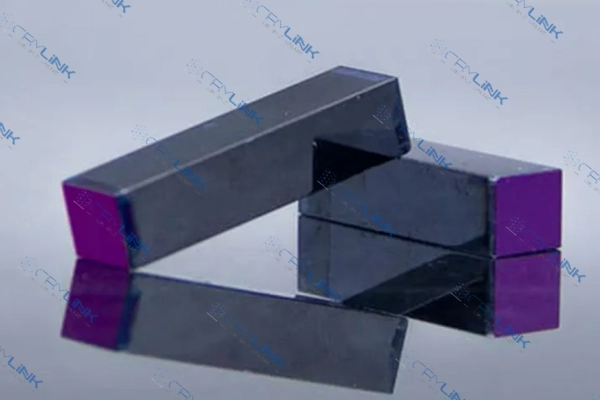
Non-linear Optical Crystals
Non-linear optical crystals are a class of optical crystals that exhibit non-linear optical phenomena. These phenomena are processes in which the response of the material to light is not directly proportional to the intensity of the light. This can result in a variety of interesting and useful behaviors, including frequency doubling (or second harmonic generation), parametric down-conversion, and the generation of extremely short light pulses.
The process of second harmonic generation, for instance, involves inputting light of one frequency and outputting light of twice that frequency. This is used in devices like green laser pointers, where an infrared laser is passed through a non-linear crystal to produce green light.
Parametric down-conversion, on the other hand, involves inputting light of one frequency and outputting two photons with lower frequencies. This is a crucial process in quantum optics experiments and quantum information processing.
The potential to create ultra-short light pulses also makes non-linear optical crystals valuable in high-speed communication systems and laser-based medical procedures, where quick, precise bursts of light are required.
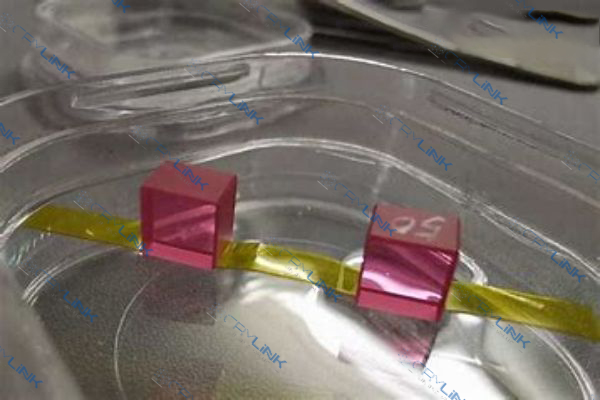
Laser Crystals
Laser crystals are a type of optical crystal that is used as the gain medium in solid-state lasers. These crystals are doped, or infused, with specific ions that can amplify light through the process of stimulated emission, enabling the production of a coherent light beam.
The process begins when energy is applied to the laser crystal, typically in the form of a flashlamp or another laser. This energy excites the dopant ions to a higher energy level. When these ions return to their ground state, they release their energy in the form of light.
The light released in this way is then trapped within the laser crystal by a pair of mirrors, forming a resonant cavity. As the light bounces back and forth, it stimulates the release of more light from the excited ions, amplifying the light beam with each pass.
Examples of laser crystals include Nd:YAG (Neodymium-doped Yttrium Aluminum Garnet), used in medical lasers and laser machining systems, and Ruby (Cr:Al2O3), used in pulsed lasers for applications like laser range finding and laser tattoo removal.
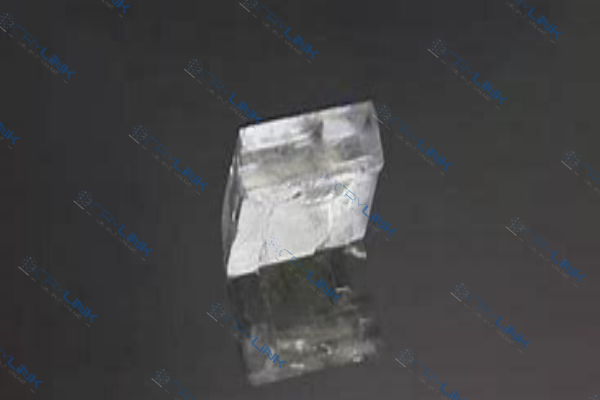
Delving into the Applications of Optical Crystals
Optical Communication Systems
Optical crystals serve as indispensable elements in the modern world’s optical communication systems. They enable the generation, modulation, amplification, and detection of optical signals. As a result, they pave the way for more efficient, rapid, and error-free transmission of information.
The primary focus of optical communication lies in using light as a medium to carry information. These systems often rely on laser light due to its coherent and unidirectional properties. The beam’s consistency is crucial to maintaining the integrity of the transmitted information. And this is where optical crystals enter the picture – as the core of lasers, responsible for the stimulated emission of radiation.
Moreover, these systems also use optical fibers, which require specialized materials with a high refractive index for core fabrication. The purpose of such a design is to facilitate total internal reflection, ensuring that light pulses transmitted down the fiber do not escape. Optical crystals are often employed in this role, assisting in guiding light along the fiber.
In terms of data modulation, optical crystals with electro-optic or acousto-optic properties are utilized. These crystals can alter their refractive index under the influence of an electric field or sound wave, respectively. By applying varying fields or waves, the light’s properties can be manipulated to encode information.
Lastly, at the receiving end, crystals with photorefractive properties convert light back into electrical signals, effectively completing the communication loop.
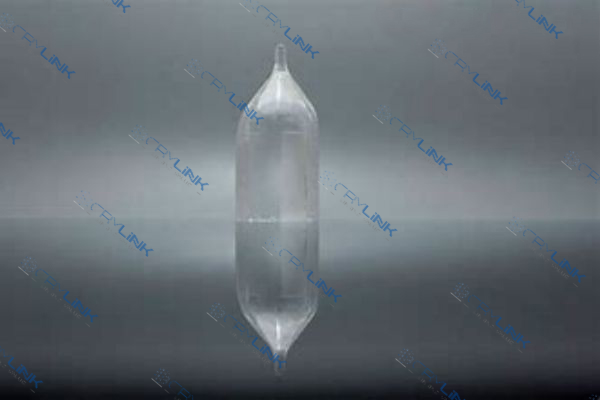
Medical Imaging and Therapies
In medical imaging and therapies, optical crystals have made a significant impact, enabling revolutionary non-invasive diagnostic techniques and precision therapies. Their unique properties have proven to be transformative in the healthcare industry, augmenting both patient care and clinical research.
For instance, in the field of medical imaging, optical coherence tomography (OCT) employs optical crystals. OCT is a non-invasive imaging technique that captures micrometer-resolution images from within biological tissue. By using optical crystals with a high refractive index, OCT systems can provide exceptionally detailed, cross-sectional images. This allows clinicians to diagnose and manage a variety of medical conditions, such as macular degeneration and glaucoma, more effectively.
In terms of therapies, optical crystals form the heart of various medical lasers used in surgeries. For instance, the Nd:YAG laser is commonly employed in ophthalmic surgeries and laser lipolysis. The erbium-doped yttrium aluminium garnet (Er:YAG) laser is preferred for skin resurfacing procedures. The precision and control offered by these lasers have opened up new avenues in minimally invasive procedures, reducing patient recovery times and improving outcomes.
Furthermore, crystals like gallium arsenide (GaAs) and aluminum gallium arsenide (AlGaAs) are used in light therapy or phototherapy devices. They emit infrared light, which has therapeutic effects, such as promoting wound healing and relieving pain in various musculoskeletal conditions.
Scientific Research
Optical crystals have a profound influence on various fields of scientific research. In particular, they are invaluable in disciplines like photonics, quantum computing, and condensed matter physics, where the ability to control and manipulate light is pivotal.
In photonics, the science and technology of generating, controlling, and detecting photons, optical crystals serve multiple roles. They can act as a medium to generate laser light, as components in waveguides to direct light, and as detectors to convert light into electrical signals. By selecting crystals with the right optical properties, researchers can tailor their experiments to their specific needs.
Meanwhile, in the realm of quantum computing, non-linear optical crystals are essential. These crystals can generate entangled photons via a process called spontaneous parametric down-conversion (SPDC). The resulting photon pairs are entangled, meaning their properties are interlinked regardless of the distance between them. This peculiar characteristic is one of the pillars of quantum computing and quantum information science.
In condensed matter physics, optical crystals aid in studying complex phenomena like superconductivity and topological insulators. By employing crystals with distinct optical properties, researchers can probe these materials and gain a better understanding of their electronic structure and behavior.

Industrial Manufacturing
In the sphere of industrial manufacturing, optical crystals play a key role. They are commonly utilized in high-precision processes like laser cutting, welding, and marking systems. The inherent properties of these crystals contribute significantly to the efficiency and precision of the manufacturing process.
For instance, in laser cutting and welding, high-power lasers are used to cut through or join materials with remarkable precision. The heart of these lasers often consists of optical crystals, such as Nd:YAG or fiber lasers, where an optical crystal forms the core of the optical fiber.
In laser marking systems, short pulses of laser light are used to alter the surface of a material and create a mark. The high level of control provided by these laser systems, driven by optical crystals, allows for detailed and durable marks to be made on virtually any material. This technique has wide-ranging applications, from engraving barcodes and serial numbers on industrial parts to marking medical devices.
Furthermore, non-linear optical crystals used in frequency conversion processes allow lasers to operate at a variety of wavelengths. This is crucial in industrial applications like photolithography, used in semiconductor manufacturing, where specific wavelengths are needed to pattern the tiny structures on a silicon wafer.
Final Thoughts on Optical Crystals
Optical crystals’ versatility and potential in diverse fields is an attestation of their immense value. As research progresses and technologies evolve, we can expect these crystals to be at the forefront of optical innovations, redefining the boundaries of what is currently possible.
FAQs
- 1. What are optical crystals?
- Optical crystals are materials designed to manipulate light through processes like reflection, refraction, and diffraction. They have exceptional optical transparency across specific wavelengths.
- 2. What are some types of optical crystals?
- Optical crystals can be classified as birefringent crystals, non-linear optical crystals, and laser crystals based on their properties and functionalities.
- 3. How are optical crystals used in optical communication systems?
- Optical crystals are used to generate, modulate, amplify, and detect optical signals in optical communication systems, thereby improving communication efficiency.
- 4. How do optical crystals contribute to medical imaging and therapies?
- Optical crystals are used in devices like optical coherence tomography (OCT) machines and lasers for surgeries. They contribute to non-invasive diagnostic techniques and precision therapies.
- 5. What role do optical crystals play in scientific research?
- Optical crystals are indispensable in scientific research, including photonics, quantum computing, and condensed matter physics. They help researchers manipulate and observe light in novel ways.


